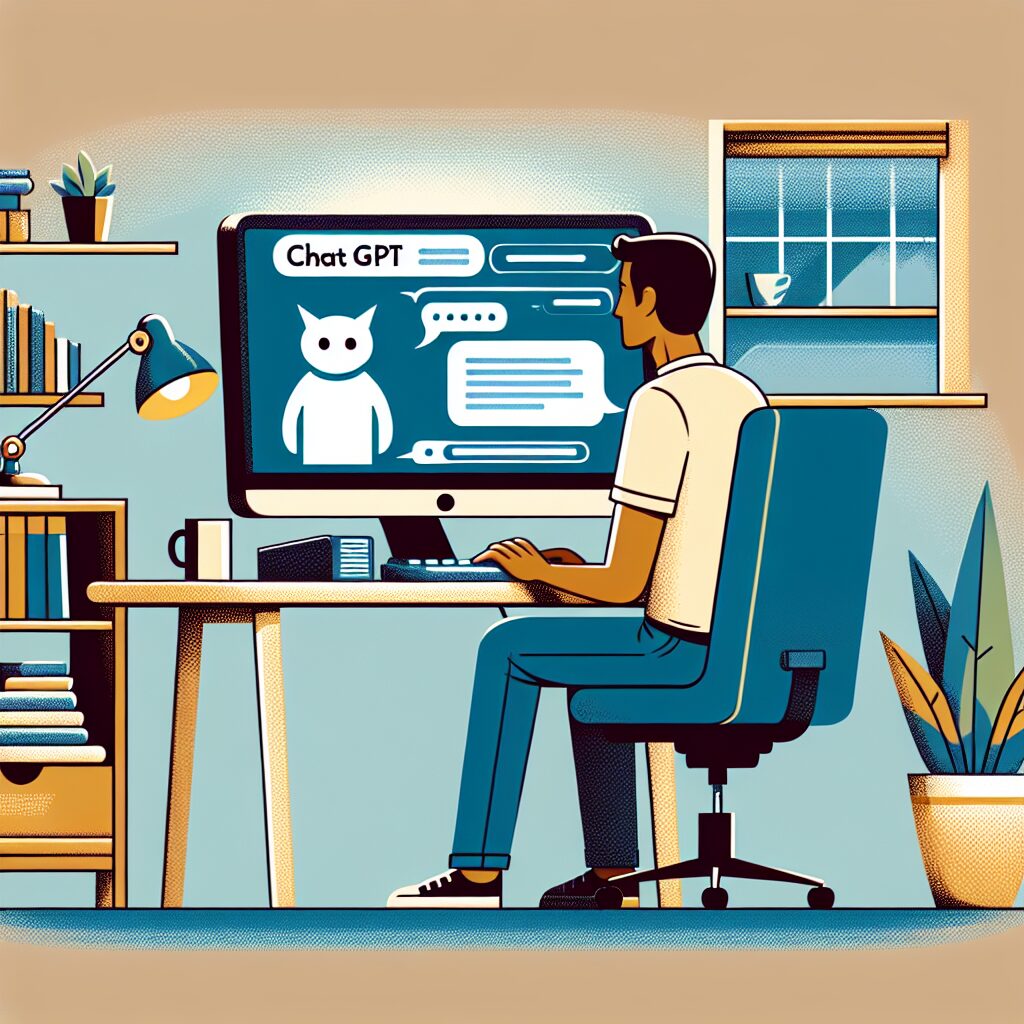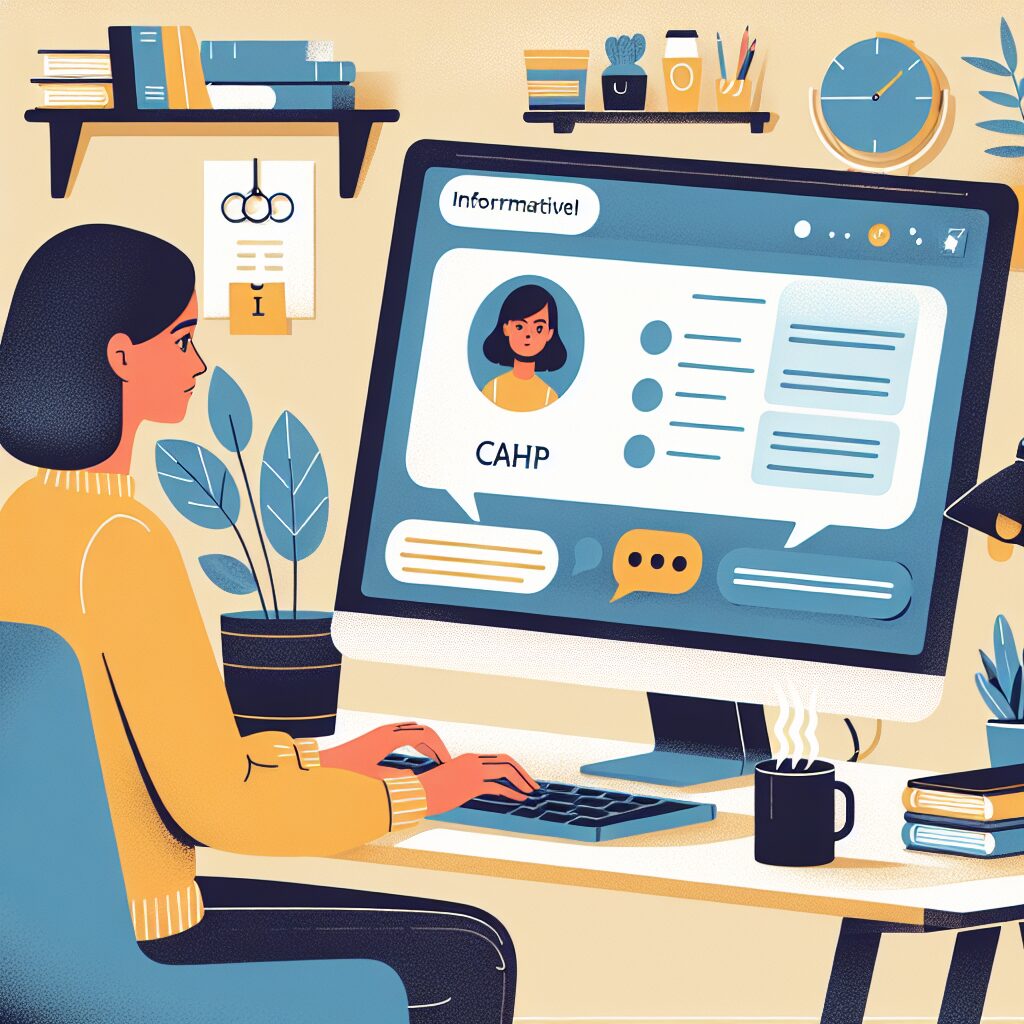How to Use ChatGPT
In the digital age, artificial intelligence has become an indispensable tool for creativity and productivity. Among the various AI models available, ChatGPT stands out as a powerful conversational agent developed by OpenAI. It can assist in generating ideas, answering questions, and even composing texts. Here’s how you can effectively use ChatGPT for prompts:
Understanding ChatGPT

ChatGPT is a language model that uses machine learning to generate human-like text based on the input it receives. It’s designed to understand and process natural language, making it a versatile tool for various applications, including writing, brainstorming, and learning.
Getting Started
- Accessing ChatGPT:
- You can interact with ChatGPT through various platforms that integrate OpenAI’s API. Some popular interfaces include web-based applications, mobile apps, or directly through OpenAI’s own interface if available.
- Familiarizing Yourself with the Interface:
- Before diving into prompts, spend some time understanding how the interface works. Check for input limits, available features, and any settings that can be adjusted to suit your needs.
Creating Effective Prompts
- Be Clear and Specific:
- When crafting a prompt, clarity is crucial. Clearly define what you want from ChatGPT. Specific prompts yield more accurate and relevant responses. Instead of asking “Tell me about plants,” try “Explain how photosynthesis works in plants.”
- Provide Context:
- The more context you provide, the better the response. If you’re asking for a story idea, specify the genre, setting, or characters you have in mind.
- Use open-ended questions:
- To encourage creativity, use open-ended questions. Rather than asking yes/no questions, prompt ChatGPT with questions that require detailed answers.
- Iterate and refine:
- Don’t hesitate to refine your prompts. If the response isn’t what you expected, tweak your question or provide additional details to guide the AI in the right direction.
Applications of ChatGPT Prompts

- Content Creation:
- Writers and marketers can use ChatGPT to generate ideas for articles, social media posts, and advertisements. It can help overcome writer’s block by offering fresh perspectives.
- Learning and Research:
- Students and educators can utilize ChatGPT to explore complex topics, gather information, and generate study material.
- Coding and Development:
- Developers can receive coding assistance, debug code, or explore new programming concepts through prompts tailored to their needs.
- Creative Writing:
- Authors can use ChatGPT for character development, plot creation, and dialogue writing, enhancing their storytelling process.
Best Practices
- Experiment Regularly: AI models improve with regular use. Experiment with different styles and types of prompts to discover what works best for you.
- Stay Ethical: Ensure that your use of ChatGPT adheres to ethical guidelines and avoids generating harmful or misleading content.
- Keep Learning: As AI technology evolves, stay updated with new features and improvements to maximize your use of ChatGPT.
In conclusion, ChatGPT is a versatile tool that can significantly enhance your productivity and creativity when used effectively. By crafting precise and context-rich prompts, you can unlock the full potential of this AI model and apply it to a wide range of tasks and projects.

Pingback: AI in education individualized learning 2025
Pingback: Best AI ChatGPT Prompts for Content Writing 2025